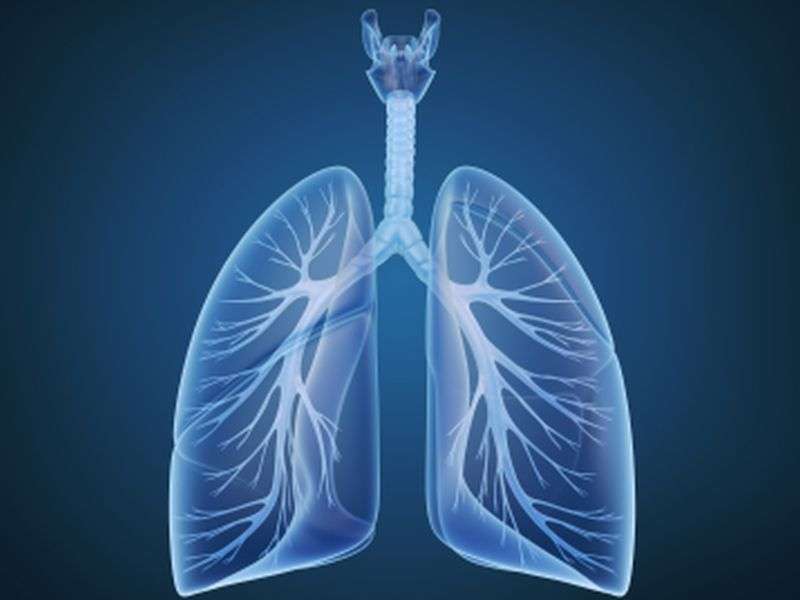(HealthDay)—Fiber intake is associated with measures of lung function in U.S. adults, according to a study published online Jan. 19 in the Annals of the American Thoracic Society.
Corinne Hanson, Ph.D., R.D., from the University of Nebraska Medical Center in Omaha, and colleagues examined the correlation between fiber intake and measures of lung function in a representative sample of U.S. adults from the National Health and Nutrition Examination Survey. Data were included for 1,921 adults who had spirometry and fiber intake measurements available.
The researchers found that, compared with participants in the lowest quartile of fiber intake, those in the highest quartile had mean forced expiratory volume in one second (FEV1) and forced vital capacity (FVC) that were 82 and 129 mL higher (P = 0.05 and 0.01, respectively). Furthermore, the mean percent predicted FEV1 and FVC values were 2.4 and 2.8 percentage points higher, respectively (P = 0.07 and 0.02, respectively). Higher fiber intake correlated with a higher percentage of participants with normal lung function (P = 0.001) and with a significant decrease in the proportion of participants with airflow restriction (P = 0.001), in the categorical analysis.
"Low fiber intake was associated with reduced measures of lung function," the authors write. "A diet rich in fiber-containing foods may play a role in improving lung health."
One author disclosed financial ties to the pharmaceutical, medical device, and health care industries.
More information: Full Text (subscription or payment may be required)
Copyright © 2016 HealthDay. All rights reserved.






















